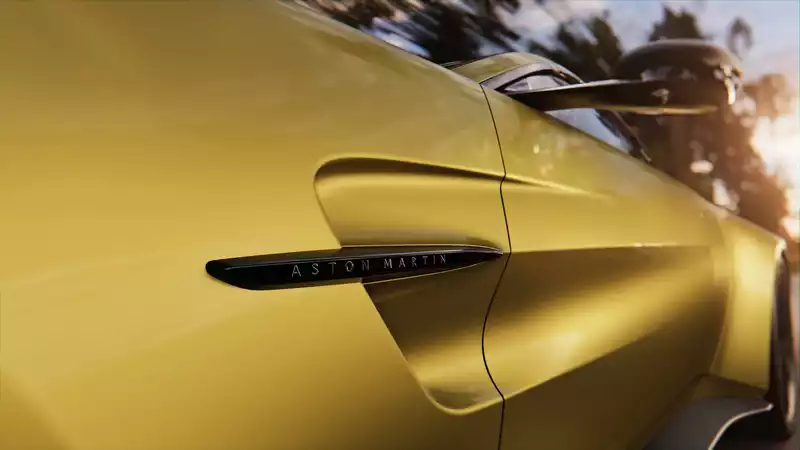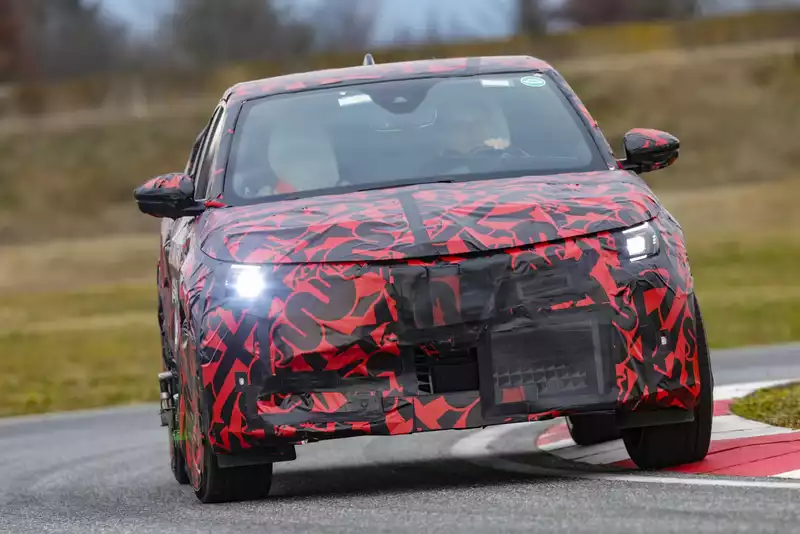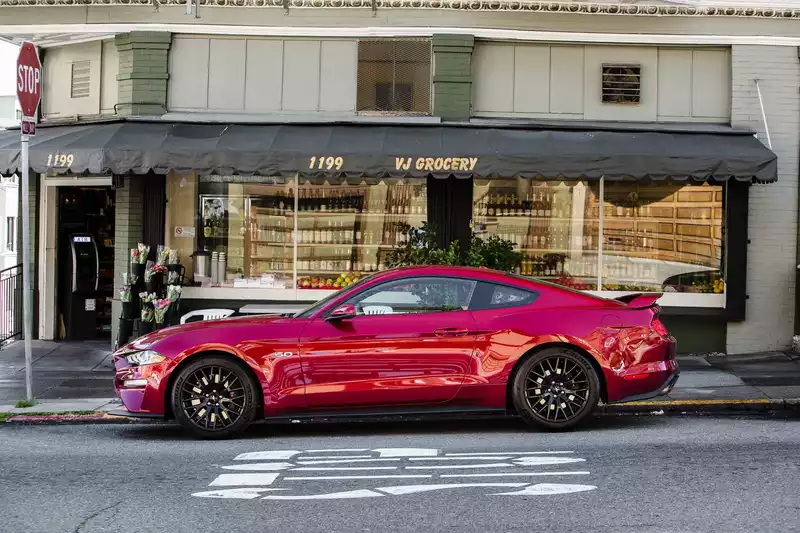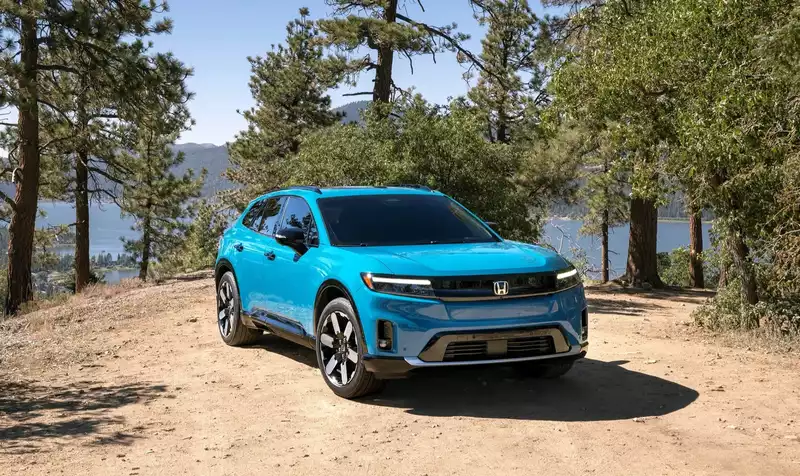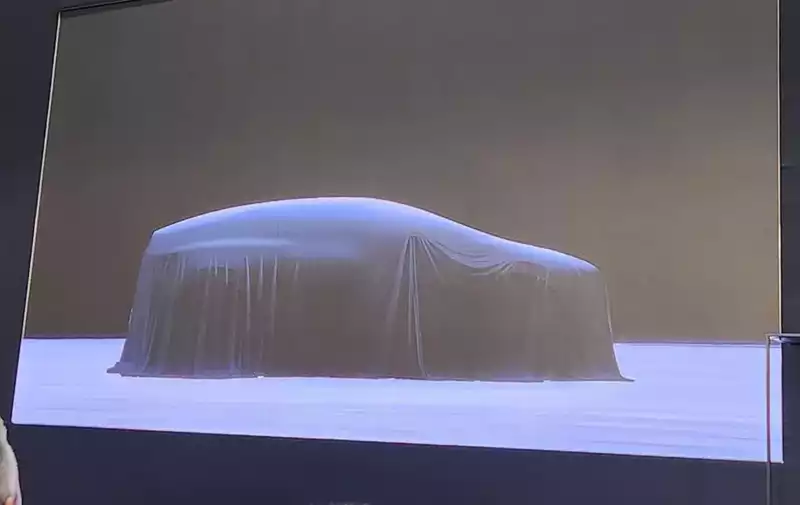Differences between twin-shaft turbochargers and sequential turbochargers
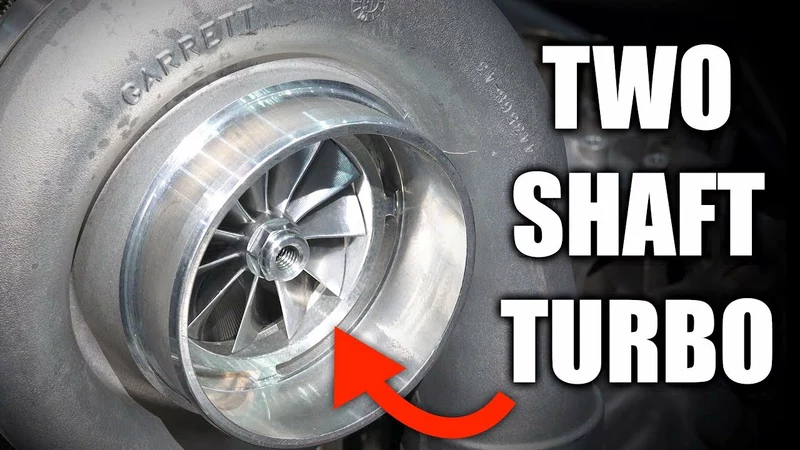
As turbocharged engines have become more prevalent in mainstream cars and trucks over the past two decades, the technology has advanced significantly. Automakers are now looking for more efficient ways to package turbochargers, encouraging engineers to offer the benefits of larger, more complex systems in smaller packages
.
In a very basic sense, a turbocharger is simply two tubes with a built-in impeller connected by a common shaft. Air flowing through the exhaust tube turns the impeller, which turns the shaft, which turns the impeller in the intake tube, which compresses the incoming air. The more air that enters the engine, the more fuel that can be burned per ignition cycle. The more fuel, the more power.
The ability of a turbocharger to compress air depends on several things, but the key is to have the right amount of exhaust flow to spin the intake compressor. The proper "amount" depends on the size of the engine, the diameter of the exhaust piping, and the target boost you want to create.
Enthusiasts should be familiar with sequential turbocharger systems. A compact turbocharger operates at a smaller throttle opening to produce initial boost, then "hands off" to a downstream turbocharger that operates efficiently only at larger throttle openings and produces more boost.
Over the years, engineers have found ways to achieve the benefits of this type of system without using multiple turbines. One such system is the twin-shaft turbocharger. What is this and how does it work? For more on that, let's talk to Jason Fenske of Engineering Explained again.
A twin-shaft turbocharger is essentially a small compressor and a large compressor combined into one physical unit. Instead of one shaft running between the exhaust impeller and the intake compressor, two shafts are concentric.
At both ends of the inner shaft are fan-shaped shaft impellers. These have less surface area and mass than the larger radial compressors, so they spool up faster. On the outer shaft are two large disk-shaped radial compressors. These are the mainstays, but boost can only be increased when engine speed is increased and exhaust pressure is increased.
The smaller shaft impeller spins first, increasing the pressure entering the radial compressor on the intake side, allowing it to spool up faster than the natural inflow airflow alone. This low RPM boost is fed into the engine, and as RPM increases, the large radial impeller on the exhaust side spins the intake side compressor, accelerating it toward peak boost.
Twin-shaft turbochargers can take advantage of many of the same technologies that make modern single-axis turbochargers more efficient than their predecessors. Fenske points out that while there is no known implementation of two-axis turbocharger technology at this time, it has been patented by Honeywell, which manufactures turbochargers under the famous Garrett brand. Perhaps it is only a matter of time before we drive home in a car with a two-axle turbocharger under the hood.
For Fenske's detailed explanation of this fascinating technology, see the video.

